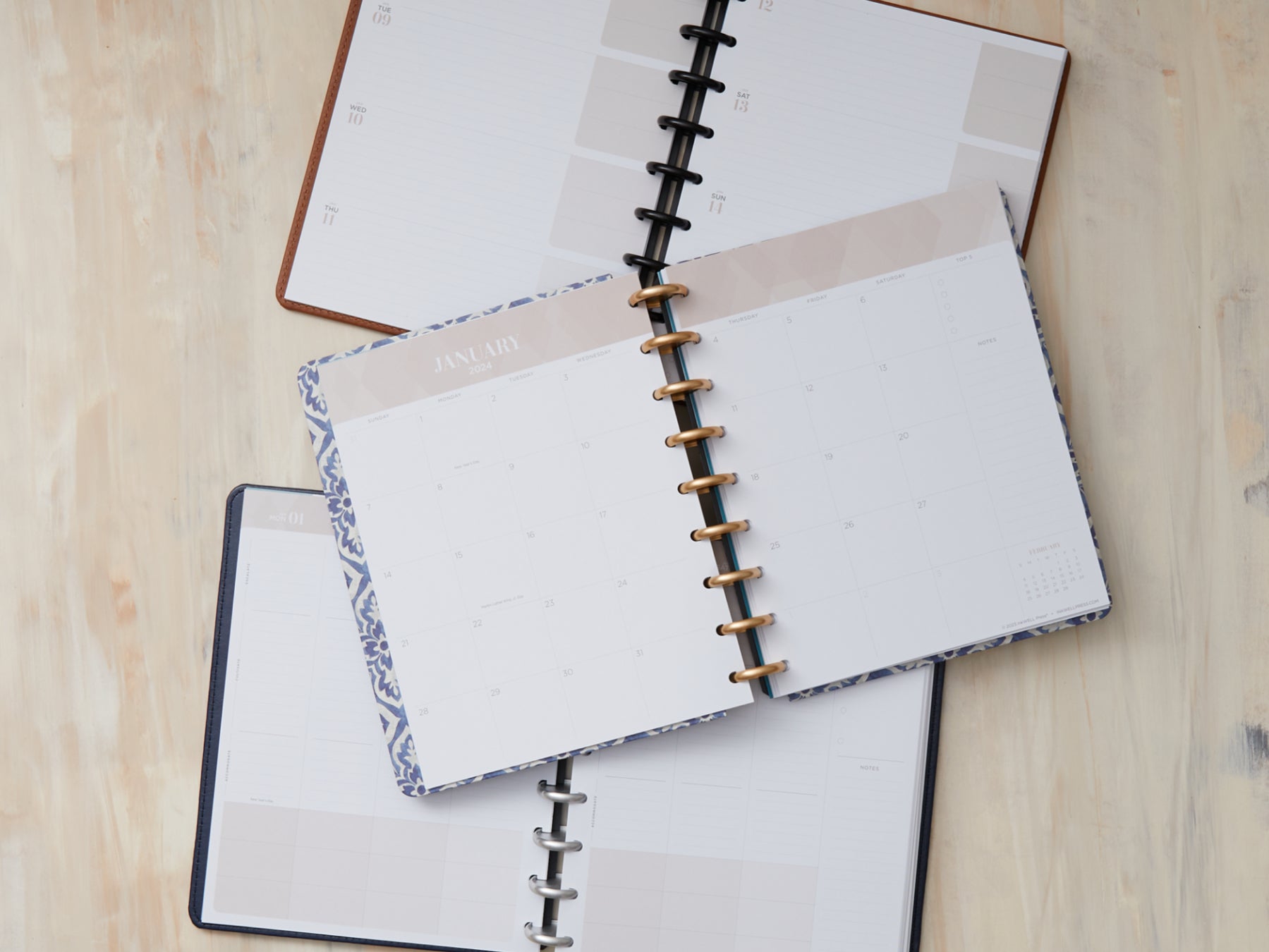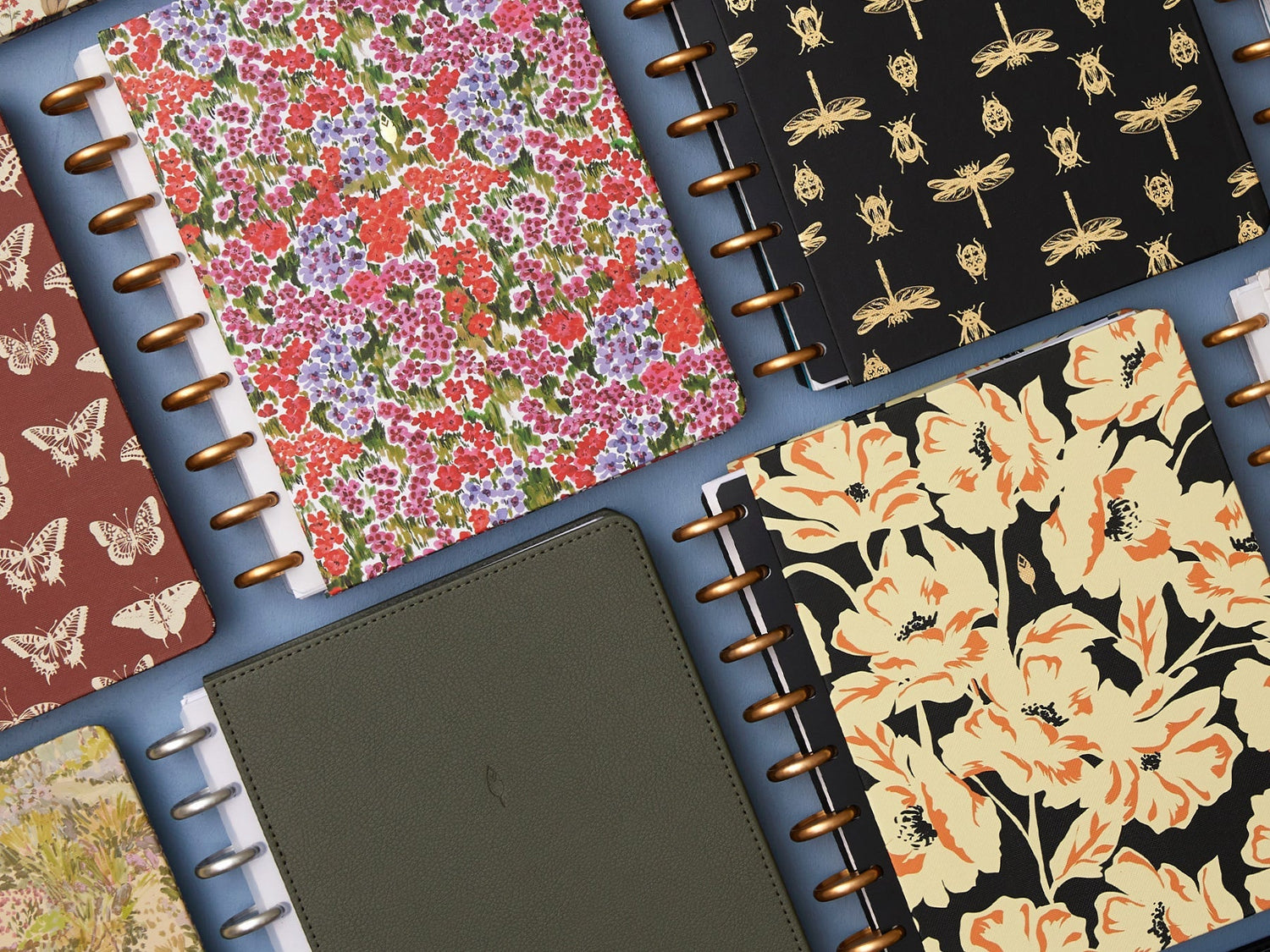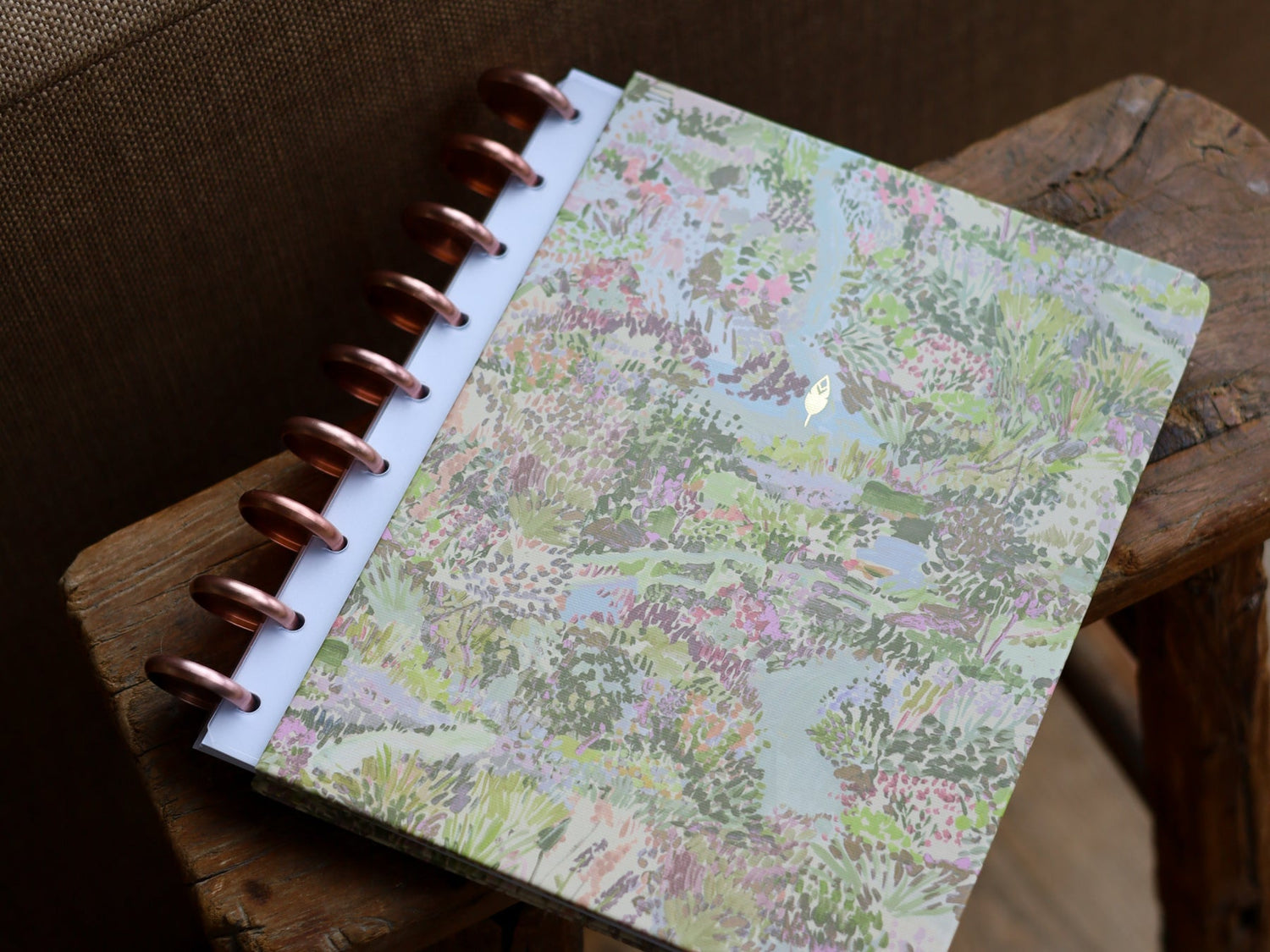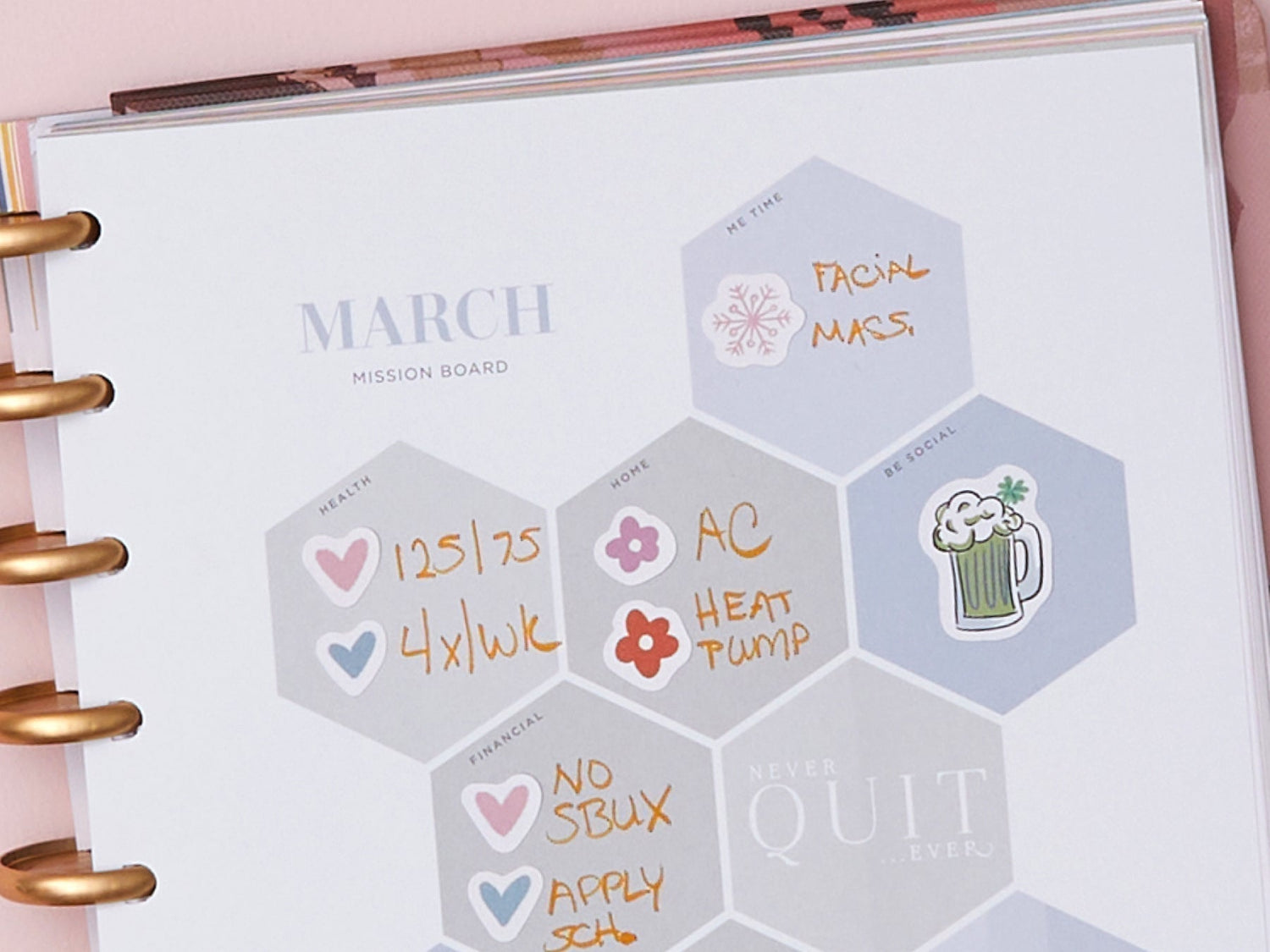A paper planner is a lifesaver for those who struggle with productivity or focus. It provides a structured way to plan tasks, appointments, and commitments. But on a simpler level, it's a distraction-free, tangible item you can carry, and you don't need Wi-Fi to access it.
Ask any planner user, and they'll say that a planner helps them focus or feel more focused as they go about their day. So, if your goal is to be more focused, here's what to look for in a planner layout:
- Simple and straightforward layouts are best, with hourly slots for time-blocking and dedicated space for meeting goals. Our Daily layout is non-dated, so you only use it when you need it and never waste a day.
- A layout with dedicated slots for your priorities helps you focus on what must be done on a given day. Our Weekly Flex layouts offer a Weekly Focus checklist for every week and three shaded spaces for each day - those can be used for priorities, goals, or the subject of your choice!
- If unnecessary sections, colors, or patterns make you anxious, you want to find a layout that's as minimalist as possible to help you reduce stress when planning.
- Find a format that feels orderly, not too busy, and provides the right amount of writing space.
Shopping for layouts? Ask yourself these questions before you buy:
- Is it clear and simple to use? Avoid over-the-top graphics or distractions.
- Does it offer time-blocking? Planning in chronological chunks of time may provide better time management and focus.
- Does it have checklists for to-do lists? Lists are an easy way to stay on top of responsibilities.
- Can you track goals in it? Features that allow you to set and track goals provide a sense of accomplishment and progress.
- Does it feel flexible? Make sure it has room for unexpected shifts in your routine.
- Do you need space for notes? Look for lined, gridded, or dotted pages for ideas, thoughts, and feedback to avoid mental clutter and stay organized.
- What motivates you? Seek a layout with inspirational quotes or room to create your own.
- Do you plan to track your accomplishments? Make sure there’s space for them; it's a great way to feel more satisfied at the end of the day.
Once you have a suitable layout, set aside a consistent time each day to review and update your planner.
- This routine will help you get into the habit of planning effectively.
- Allow for flexibility and be easy on yourself if your plans change throughout the day or week.
- Be patient and give yourself grace.
It's important to acknowledge that when it comes to planning for focus, what works for one person may not be effective for another. The goal of a paper planner is to help you manage your time and achieve your goals – you’re in charge of everything else. We hope these pointers help you choose a planner you love and give you a greater sense of accomplishment at the end of each day.



